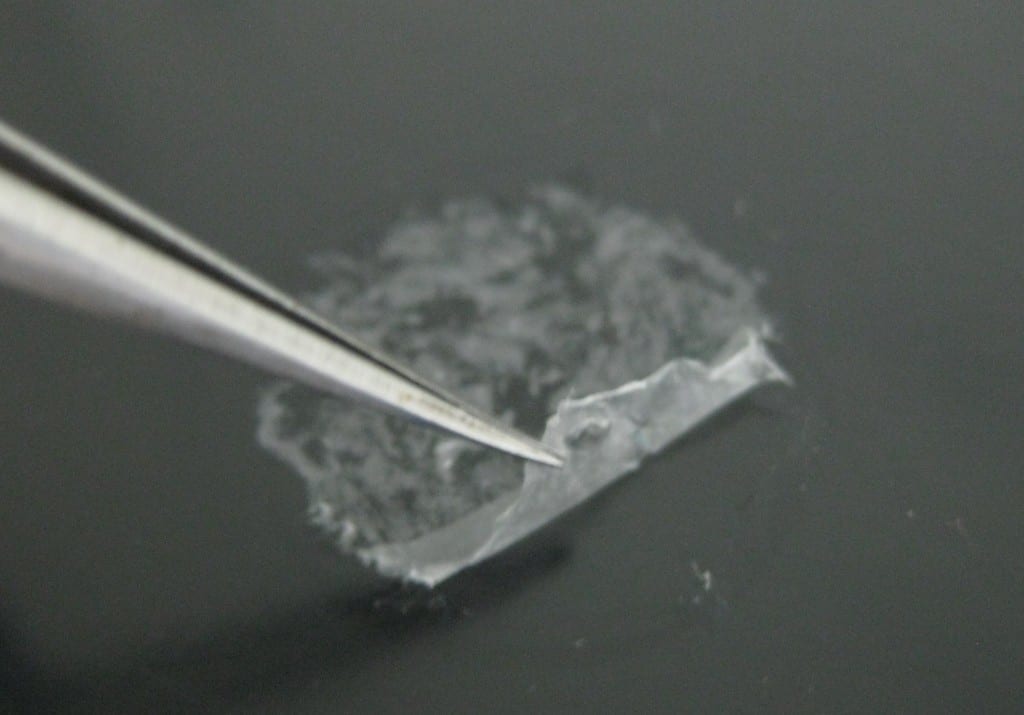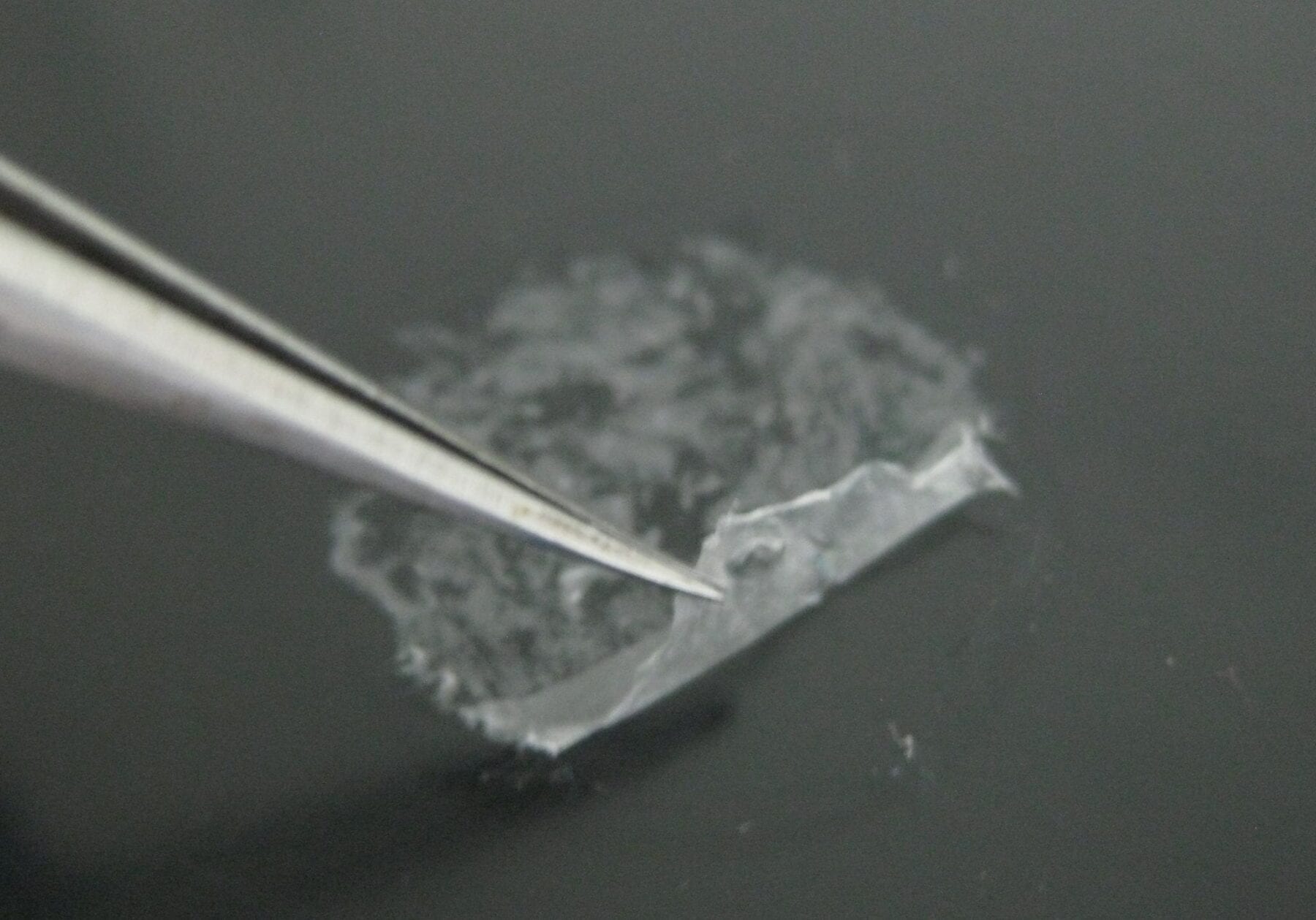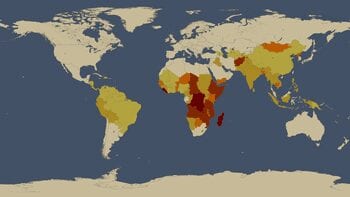
Credit:Yosuke Okamura
Wrapping wound dressings around fingers and toes can be tricky, but for burn victims, guarding them against infection is critical. Today, scientists are reporting the development of novel, ultrathin coatings called nanosheets that can cling to the body’s most difficult-to-protect contours and keep bacteria at bay.
“The nanosheets can adhere not only to flat surfaces, but also to uneven and irregular surfaces without adding any adhesives,”
The researchers are speaking about their materials, which they’ve tested on mice, at the 248th National Meeting & Exposition of the American Chemical Society (ACS), the world’s largest scientific society.
The meeting features nearly 12,000 presentations on a wide range of science topics and is being held here through Thursday.
Yosuke Okamura, Ph.D., explains that existing wound dressings work well when it comes to treating burns on relatively flat and broad areas. But the human body has curves, wrinkles and ridges that present problems for these dressings. So Okamura’s team developed a novel biomaterial out of tiny pieces of nanosheets that are super-flexible and sticky.
“The nanosheets can adhere not only to flat surfaces, but also to uneven and irregular surfaces without adding any adhesives,” he says.
That would make a big difference in the way burn victims are treated. According to the Centers for Disease Control and Prevention, someone is injured by fire every 30 minutes. Burn wounds are vulnerable to infection, and keeping them sealed off from bacteria is essential for a successful recovery.
Okamura’s team at Tokai University makes the nanosheets out of a biodegradable polyester called poly(L-lactic acid), or PLLA. They put the material into a test tube with water and spin it, which breaks up the sheets into even smaller pieces. When they pour the liquid onto a flat surface, the tiny fragments overlap in a patchwork and dry as a single nanosheet.
They tested out the nanosheets’ ability to coat small and irregular shapes by dipping different things into the mixture, including a metal needle and a mouse’s fingers. The nanosheet patchwork effectively covered even the smallest bumps and wrinkles on the mouse’s digits, and after the material dried, it clung in place.
When the researchers tested the nanosheets on burns, the dressing effectively kept out the common bacteria, Pseudomonas aeruginosa. This species of pathogen is often a culprit in skin infections and is notorious for causing hospital-acquired infections that can be deadly. Multi-drug resistant strains are also a serious concern.
The dressing protected wounds from infection for three continuous days. With an additional coating, the nanosheets kept bacteria out for a total of six days. That means the material, if eventually approved for human patients, could cut down the number of times dressings have to be changed. With an eye toward human clinical trials, the researchers are currently planning large-scale animal tests and safety tests.
Take me to the complete story . . .
The Latest on: Nanosheet biofilm
[google_news title=”” keyword=”Nanosheet biofilm” num_posts=”10″ blurb_length=”0″ show_thumb=”left”]
via Google News
The Latest on: Nanosheet biofilm
- New device harnesses sweat power for fitness trackerson April 19, 2024 at 11:50 pm
this new technology integrates a single-layer MXene nanosheet with wool as the electrochemically active component. Continue reading "Imagine a tiny device that you could wear, like a bracelet or ...
- Researchers make a special glass that cleans biofilm with lighton April 3, 2024 at 9:11 am
The accumulation of slime, or biofilm, on wet surfaces is called biofouling. And if biofilm can cover a sink, it can take over oceanic vessels and equipment. A problem for the US Navy For the US ...
- Community Structure and Co-operation in Biofilmson March 12, 2024 at 6:23 pm
Douglas, L.Julia 2003. Candida biofilms and their role in infection. Trends in Microbiology, Vol. 11, Issue. 1, p. 30.
- Medical Implications of Biofilmson October 13, 2023 at 1:43 am
Application of the NanoLC-MS/MS Technique for Protein Analysis of Biofilm on Surface of Mandibular Fixation with X-Ray Detection of Metallic Ions Relocation to the Osseous Tissue. Solid State ...
- The Extracellular Bastions of Bacteria — A Biofilm Way of Lifeon March 11, 2022 at 11:38 am
Bacteria permeate virtually every corner of the Earth. Most bacteria live in a biofilm state to enhance their survival and propagation, and to perform essential tasks for many ecosystems.
- How does your biofilm grow?on March 1, 2007 at 4:00 am
Biofilm communities are not simply surface-adherent mixtures of bacterial species, rather they are dynamic and structurally complex systems. As biofilms might be the default mode of bacterial life ...
via Bing News










